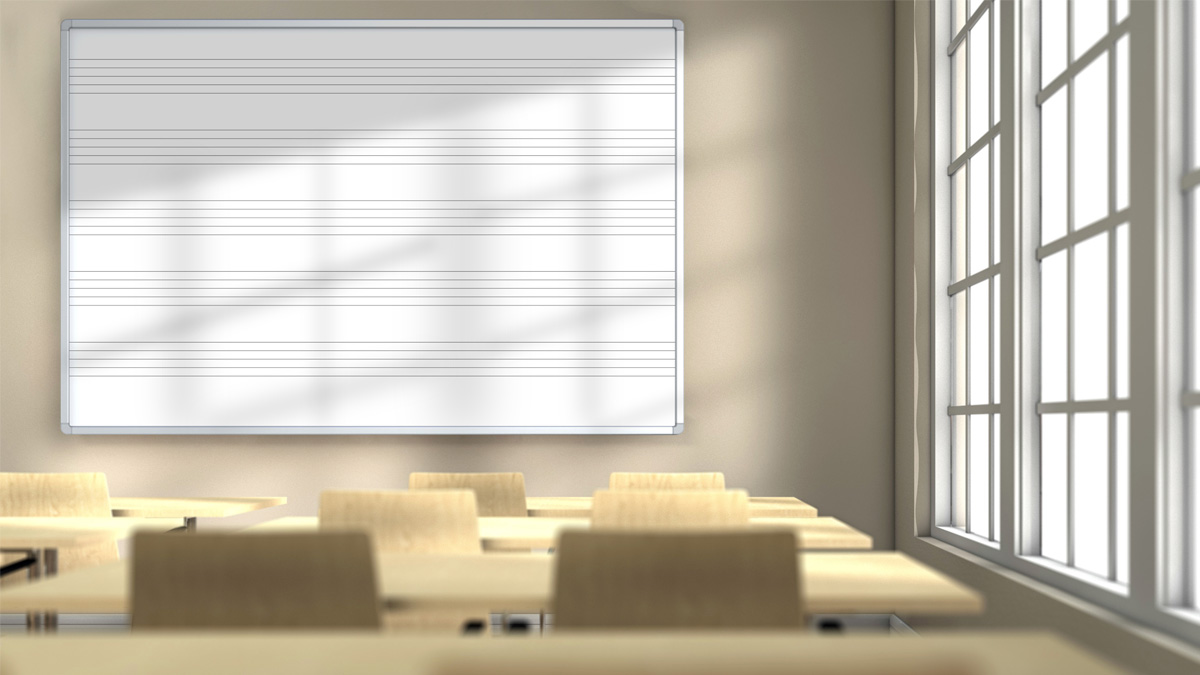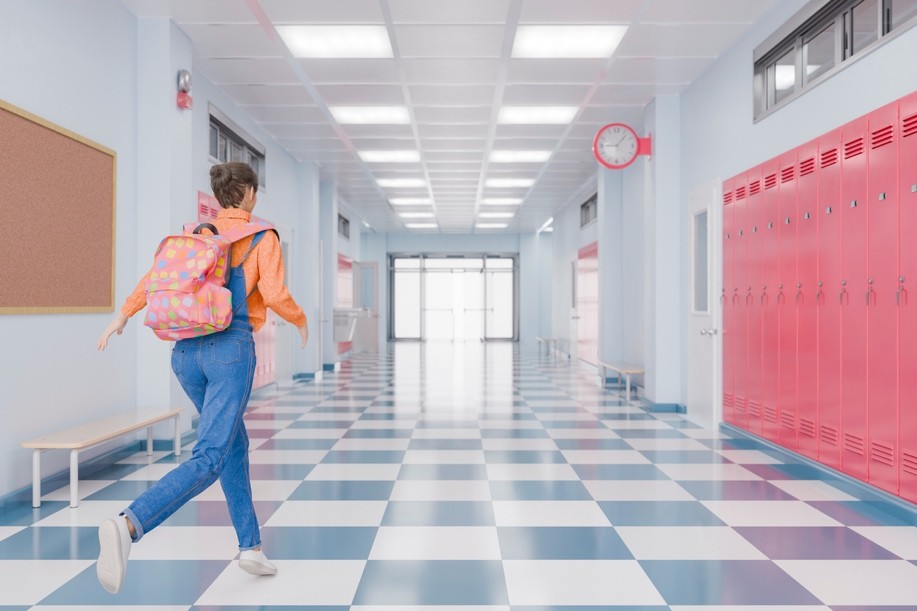
Biophilic Design at James L. Capps Middle School
When James L. Capps Middle School, one of the oldest schools in the Putnam City School District in northwest Oklahoma City, needed a new home, the district saw an opportunity to try something new with biophilic design.
Words By: Interface

Biophilic Design at James L. Capps Middle School
When James L. Capps Middle School, one of the oldest schools in the Putnam City School District in northwest Oklahoma City, needed a new home, the district saw an opportunity to try something new with biophilic design.
Words By: Interface











